Are you getting ready for a major construction or renovation project and there’s going to be plenty of trash and debris? What you need is a construction dumpster to get rid of all that stuff so it doesn’t get in the way of the project. Modern construction projects utilize several types of dumpsters that fit different specific applications.
As a homeowner looking to be more knowledgeable about the various tools and equipment that will be used during your next project, this information is quite important. Investing in the wrong construction containers for trash could result in having a container that is not suited for your project, or unnecessary costs that could have been avoided if you’d known the difference.
Basically, the more you know about the type of construction dumpster services you should lease, the easier time your construction team will have. This means you can finish the project without any extra obstacles, and with everything in its place.
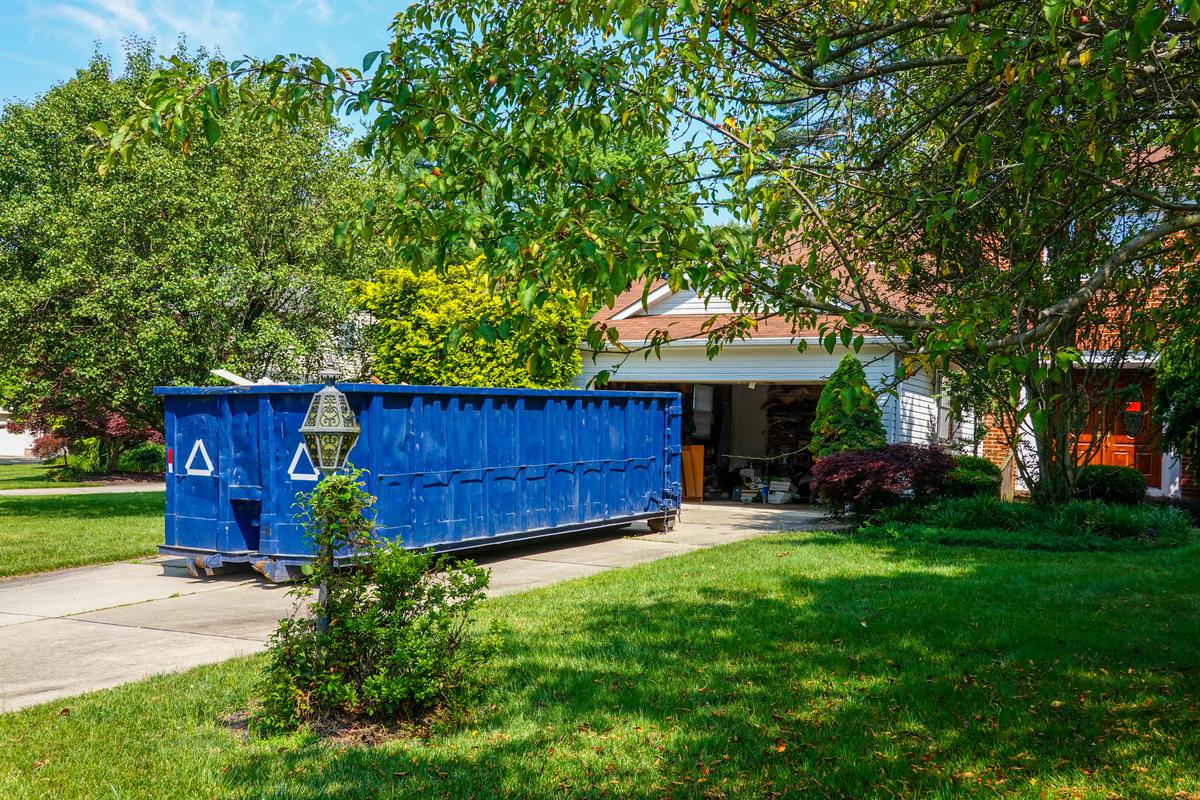
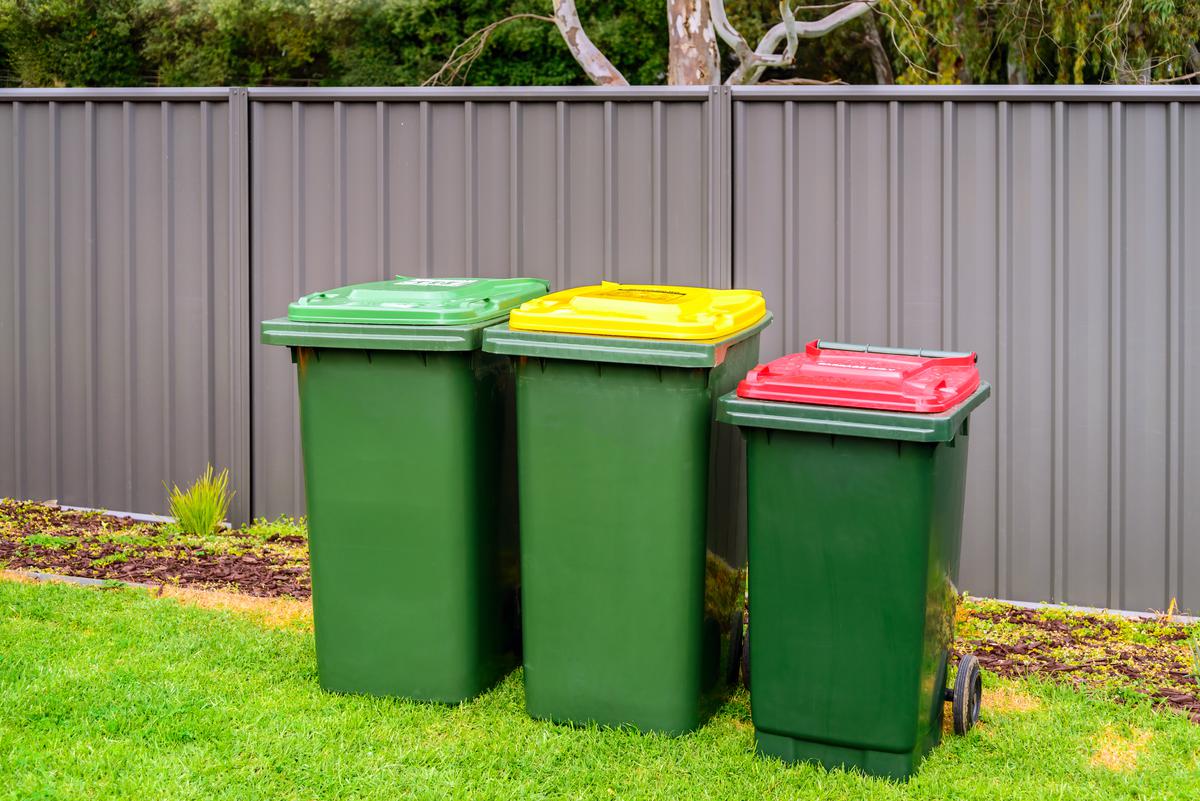
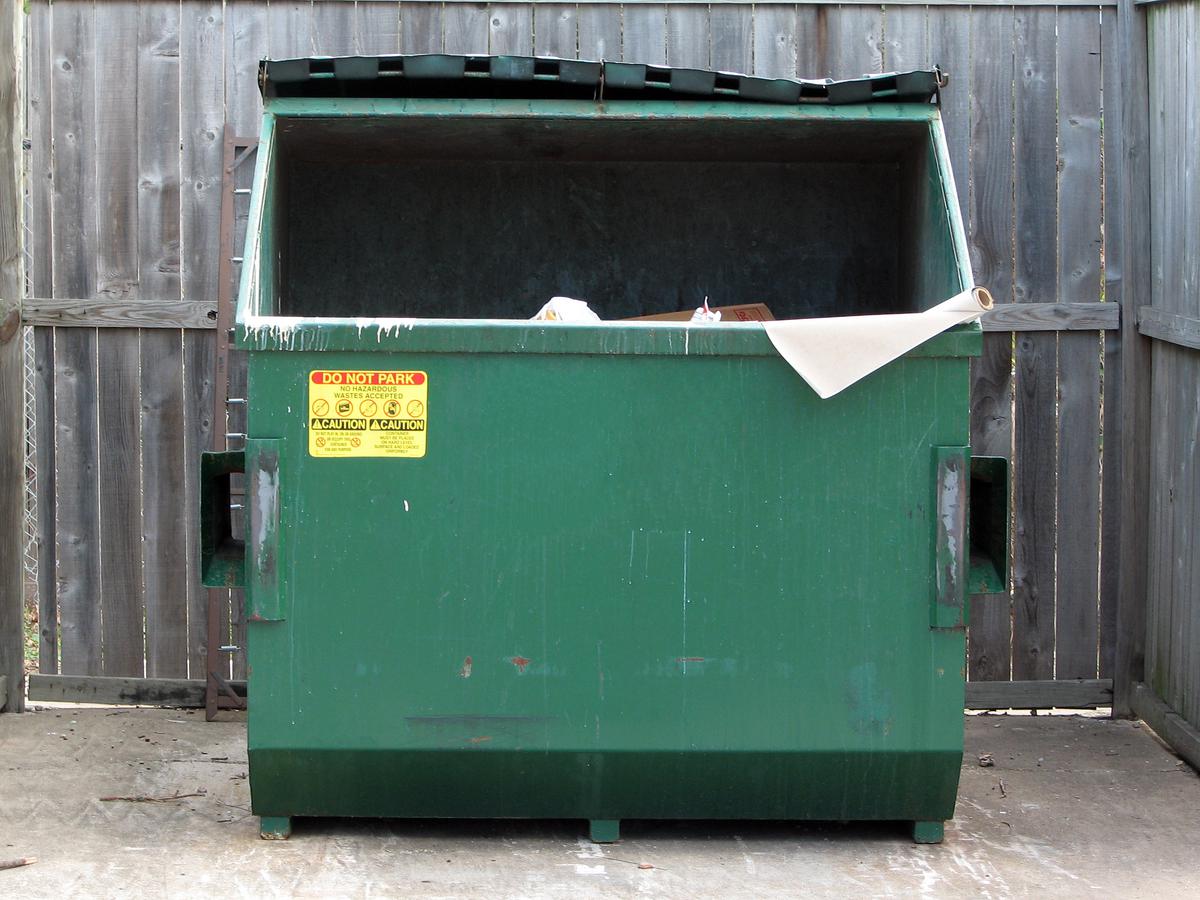
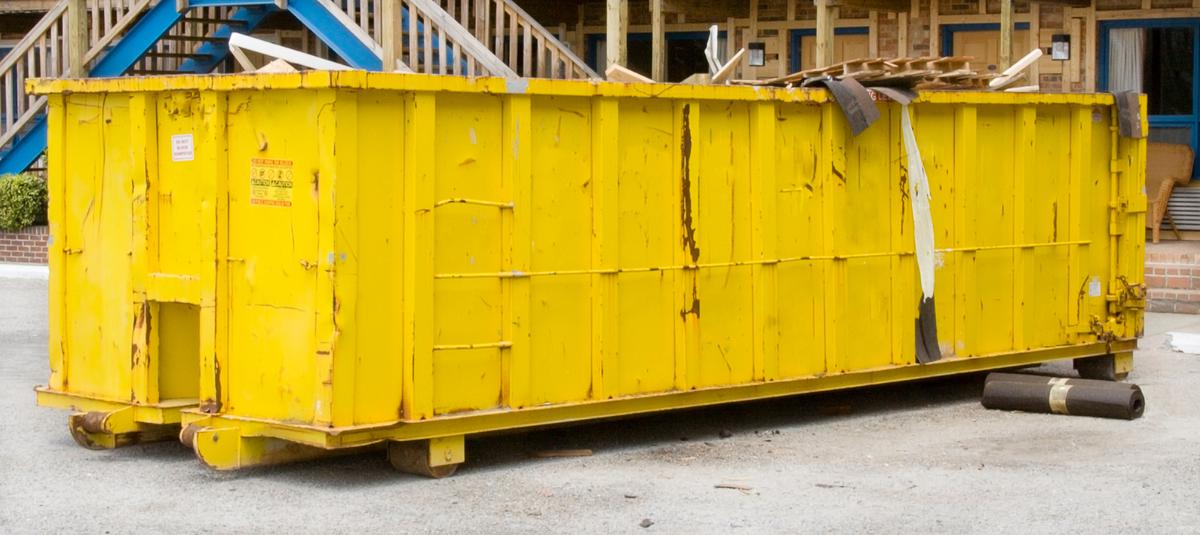
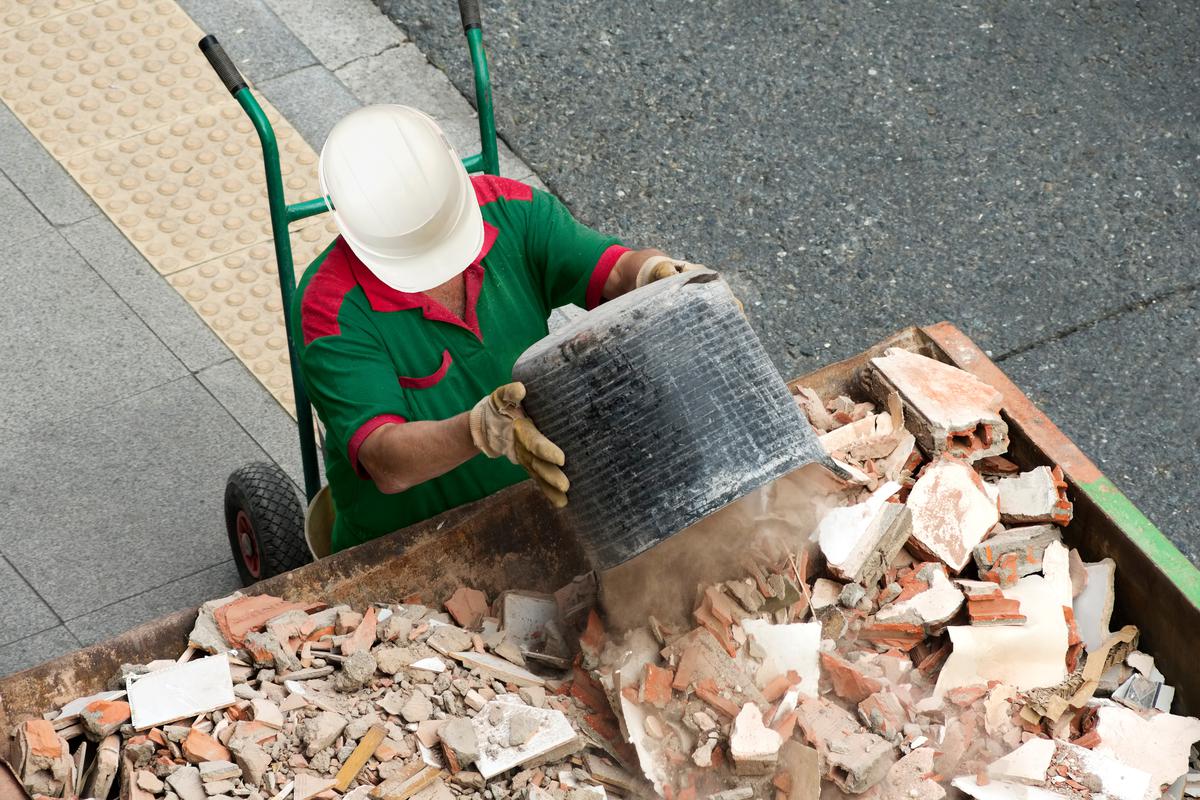
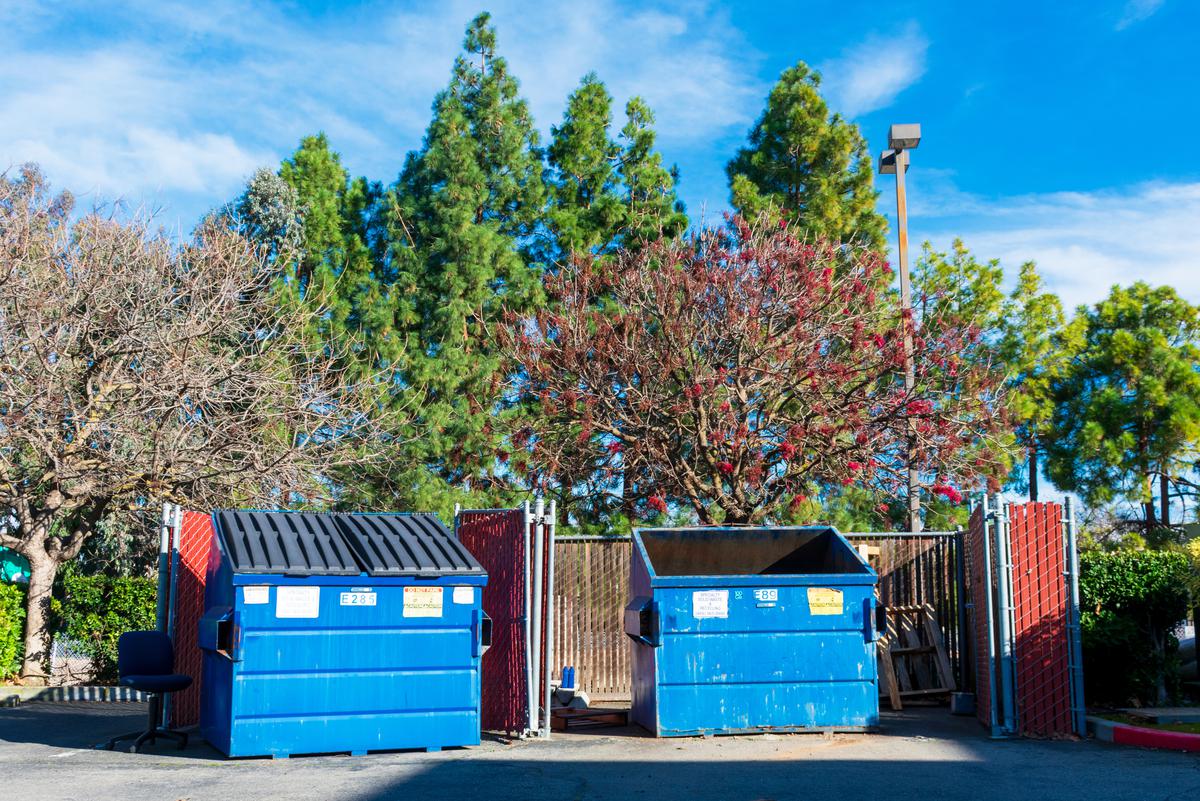
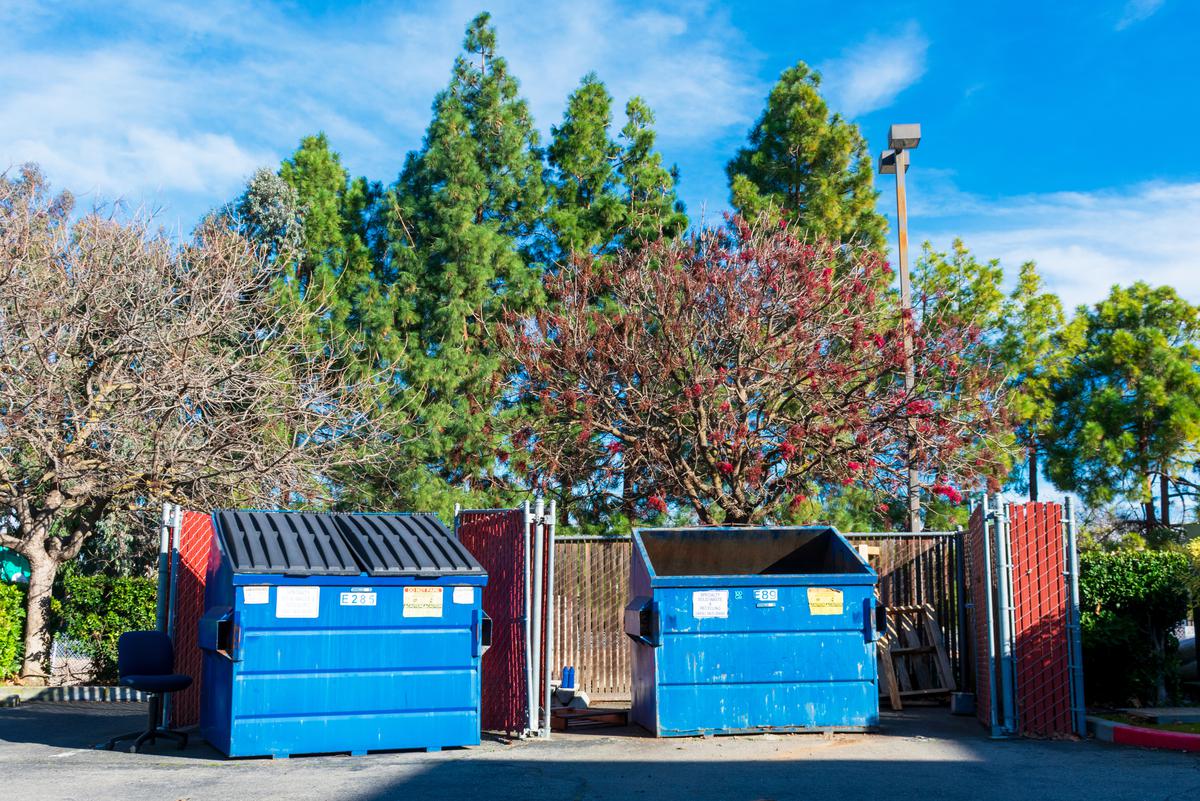
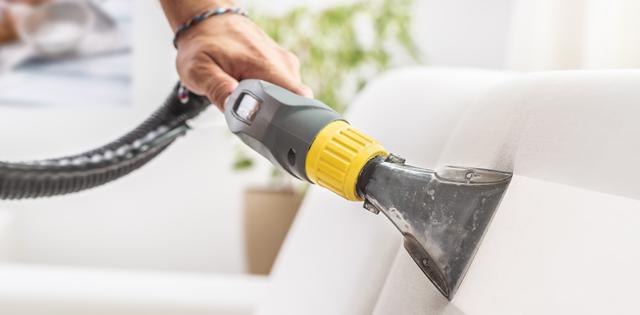
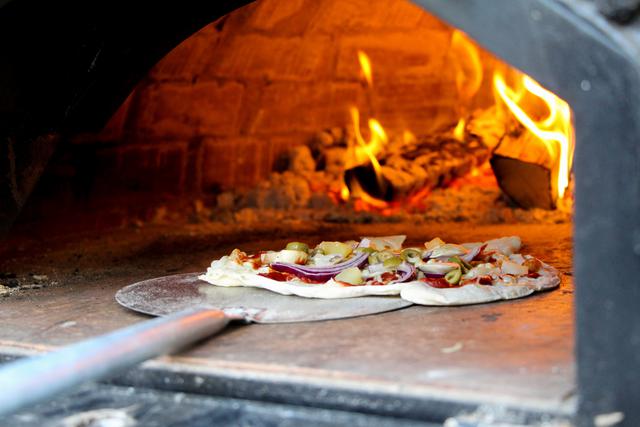
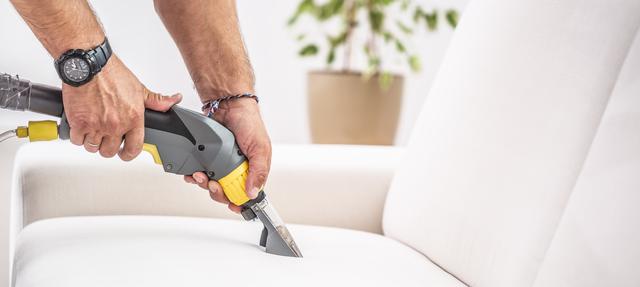

comments